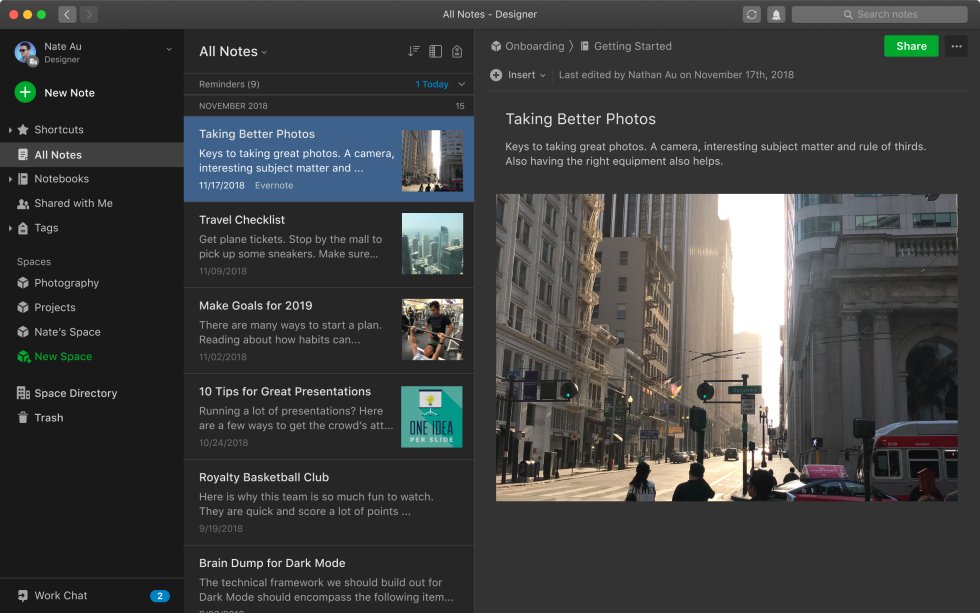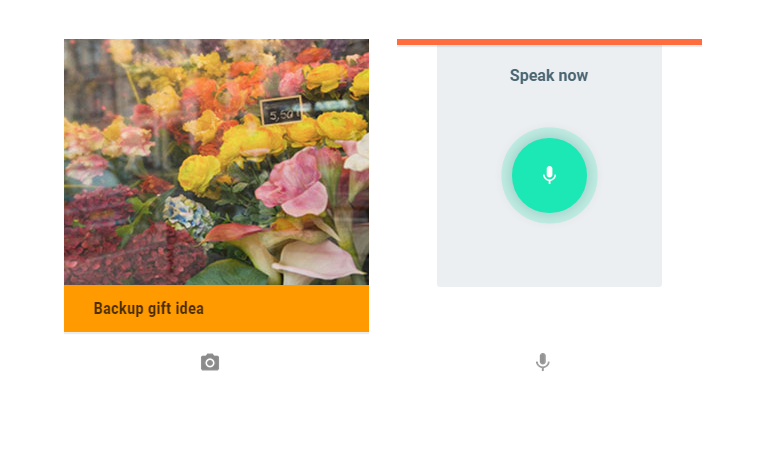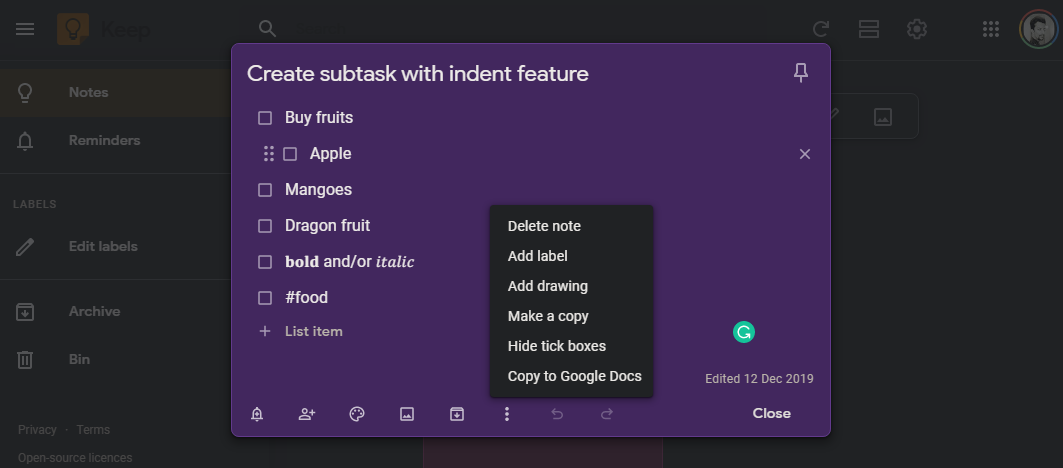Evernote is a giant when it comes to note-taking apps but it is not the only one. There are so many other note-taking apps that are trying to distinguish themselves from the competition in new and innovative ways. One such app is Keep by Google. Both of these note-taking and to-do lists apps are powerful, they are targeted at different sets of users. Let’s understand what Evernote and Google Keep has to offer, how they differ, where they share common ground, and which one is more suitable for you.
Evernote vs. Google Keep
It can be a chore to move the base from one note-taking app to another, especially when you have hundreds of notes and data to move around. It’s better to choose right from the beginning and then move forward as you take notes and build a structure around it.
1. How Evernote Works
Evernote works like a file cabinet where you can archive anything you want. You begin with creating folders and sub-folders inside which, you can file notes. Notes can be created in a variety of formats like text, image, to-do lists, and audio. You can also attach media like images, videos, links, and attachments from cloud storage sites like Google Drive and Dropbox.

Also Read: Best Note Taking App for Ubuntu – Evernote and OneNote Alternatives
At its heart, Evernote functions like a cabinet with a search so powerful, you can easily find anything you are looking for. That completes the cabinet’s second function, retrieval. Evernote is more useful for taking long notes.
Also Read: Google Tasks vs Google Keep: What’s Different?
2. How Google Keep Works
Google Keep takes a different route. It works like your traditional post-it notes. Those colorful sticky notes that you stick on notice boards, bulletin boards, and laptops. Google has digitized it into Keep. You begin with creating a quick note which can be text or to-do list, but not both in the same note and attach all sorts of media to it. Like Evernote, you can also create audio notes or attach links and images.

At its heart, Google Keep offers a quick way to take short notes that you can later choose to delete or file using a tag. There is no folder or hierarchy system here. But notes can be searched for by color, tags, keywords, and so on. Google is known for its search prowess, after all.
Also Read: Notion vs Airtable: Which Modular Productivity App Should You Use
3. Features That Set Them Apart
Keep loads quickly which goes well with its objective of taking notes quickly. Notes don’t have a fixed size and they vary based on the size of the content. You can sort them in a list or grid view but there is no way to sort by time or alphabetically. Keep Notes are saved in real-time too so just type it and forget it.
Evernote offers more ways to sort notes and there is a save button that you will have to tap to save changes. On the plus side, paid users do get an option to track changes using the version history feature.
Evernote is king when it comes to customizations. You can change views, toolbar, buttons, and format text however you want. There is a toolbar dedicated to formatting text with fonts, colors, lists, and more. There are also a number of templates to choose from for various types of projects and work. Keep offers none. You can only choose to create a to-do list or enter plain text. It was not designed to write essays or complex text.

While Evernote allows attaching files to notes saved locally or in the cloud, Keep only allows attaching images and voice notes. On the plus side, if you love taking voice notes, you will love Keep. Keep will not only save a copy of the audio note you just created but also transcribe it and save everything as text in the same note. You can then edit the text as you like and save both. Keep’s transcription is pretty spot on too. Both the apps support handwritten notes and drawings.

Evernote is more flexible. You can create to-do lists and then add text above or below it. Keep notes can either be a to-do list or text. You can’t add text once you have chosen to create a list. On the plus side, Keep allows both location and time-based reminders whereas Evernote only supports time. The ability to make location-based reminders can help a lot and remove unnecessary clutter. Also, you can’t set recurring reminders in Evernote but you can in Keep.
Both the apps come with browser extensions to clip web pages and information in a new note in the app. But Evernote offers more options like image and PDF annotation. Google Keep users can annotate images but not PDF files.

Where Evernote integrates with a number of third-party apps, Keep Notes integrates with all key Google apps like Docs, Calendar, Gmail, and others. In fact, there is a way to import data to and from Keep to Google Docs. Docs is more useful if you need to take longer notes or expand upon your thoughts. Again, Docs is completely free and available everywhere.
Business users will appreciate Evernote’s advanced sharing options with permission to view or edit notes, Work Chat that can be used to chat with team members in real-time, and Spaces which offers a shared co-working space to share notes and attachments. Keep notes can be shared and edited in real-time too but that’s about it.
Also Read: 8 Best Free Google Keep Notes Alternative for Notetakers
4. Platform and Pricing
Google Keep is completely free and that’s a tough one to beat. It is available on the web and both Android and iOS. Evernote is also available on desktop platforms like Windows and macOS. It also offers two plans. One for advanced users and another for business users.
Also Read: Don’t Like Their New Pricing, Try These 8 Best Free Evernote Alternatives
Wrapping Up: Evernote vs. Google Keep
Google Keep is useful to take quick notes or create a list of things-to-do and items to buy. You can set a reminder based on time or location, add a label and color and then forget all about it. Notes can be deleted or archived when no longer needed. Notes can be created in text, image, drawing, and audio format with automatic transcription. Things can get out of hand if you have thousands of notes. It was not designed for that kind of usage though you can use labels and colors to sort through them.
Evernote offers detailed text formating and is more useful for storing information for the long haul in notebooks or folders. You can create notes in a variety of formats, from a variety of sources including the web. It is slower than Keep but more permanent in nature with advanced features like controlled sharing, version history, and admin roles.
You can use both of them at the same time. Keep for taking quick, temporary notes and Evernote as a file cabinet or archival notes which are more permanent and detailed in nature. They both have their uses and can easily co-exist on the same platform for the same user. I know a few people who are using them like this and it works like a charm.